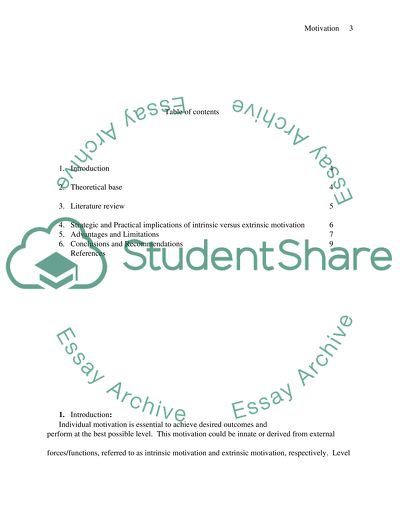Cite this document
(“Intrinsic vs. Extrinsic Motivation Research Paper”, n.d.)
Retrieved from https://studentshare.org/miscellaneous/1584548-intrinsic-vs-extrinsic-motivation
Retrieved from https://studentshare.org/miscellaneous/1584548-intrinsic-vs-extrinsic-motivation
(Intrinsic Vs. Extrinsic Motivation Research Paper)
https://studentshare.org/miscellaneous/1584548-intrinsic-vs-extrinsic-motivation.
https://studentshare.org/miscellaneous/1584548-intrinsic-vs-extrinsic-motivation.
“Intrinsic Vs. Extrinsic Motivation Research Paper”, n.d. https://studentshare.org/miscellaneous/1584548-intrinsic-vs-extrinsic-motivation.


